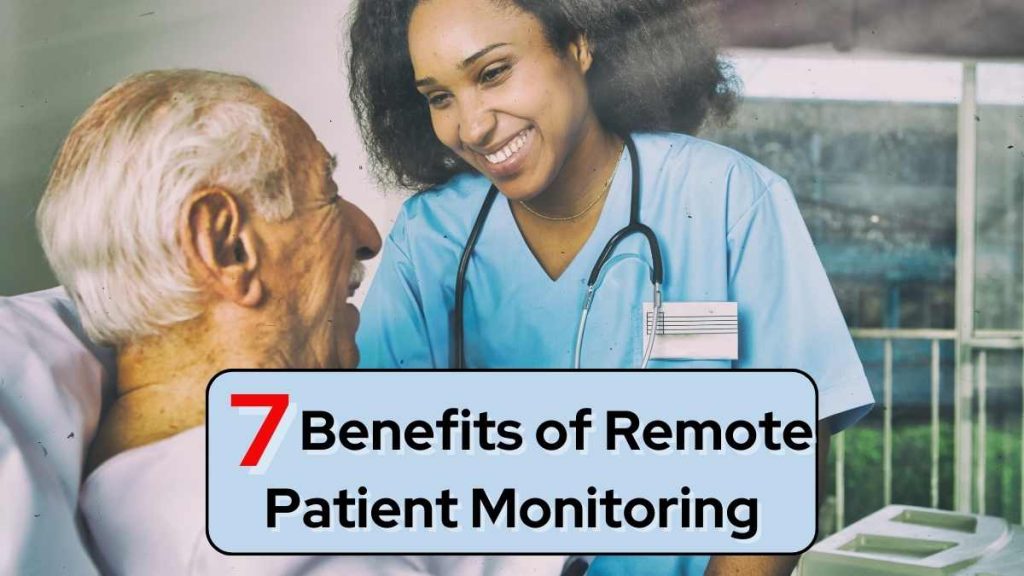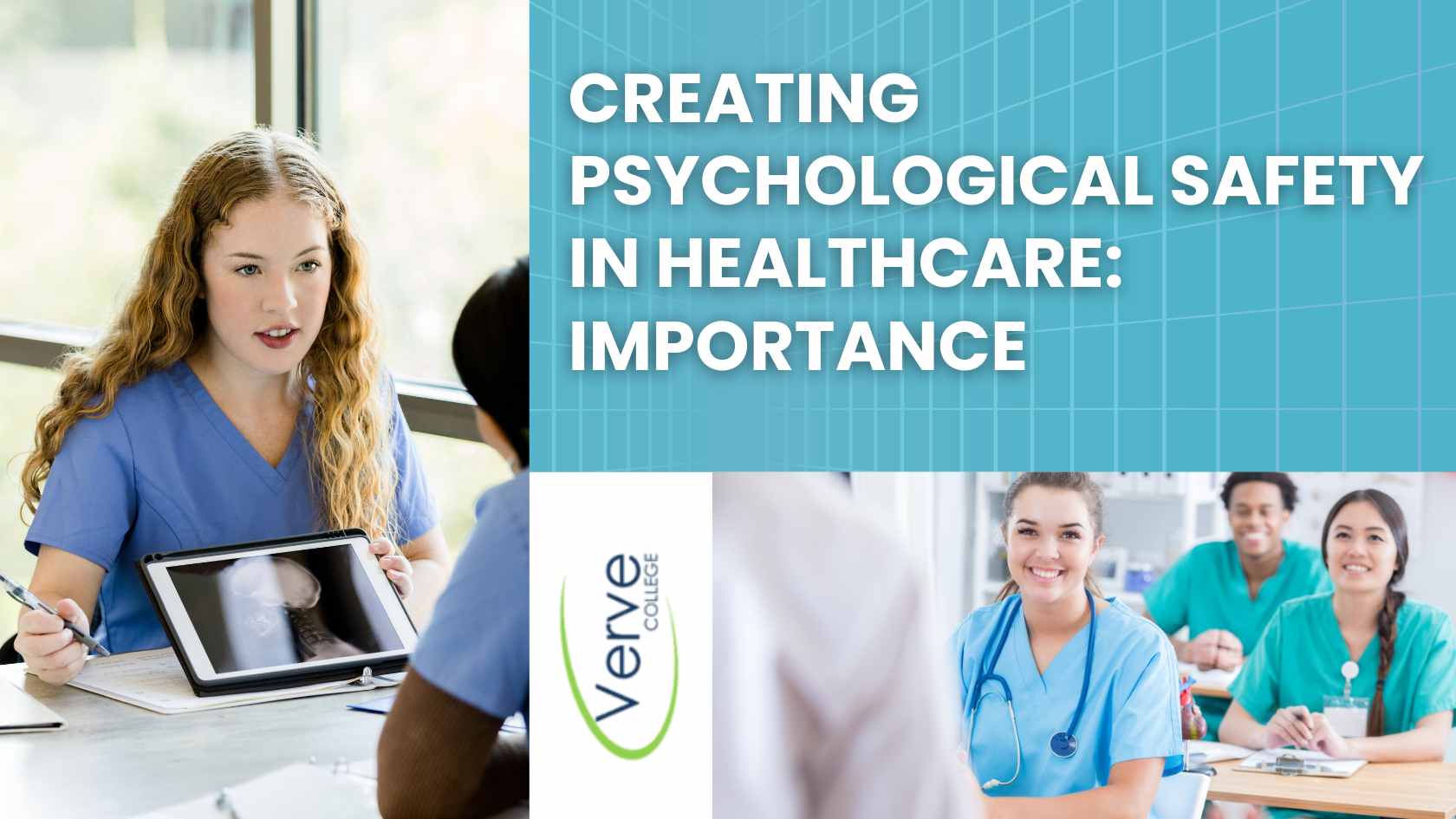- Oak Brook:(630) 705-9999
- Chicago:(312) 920-8822
- Email:inquiry@vervecollege.edu
- Make a Payment
- Home
- Programs
- Admission
- Resources
- ATI Entrance Exam Resources
- New E-Digital Library
- Refer a Friend
- School Newsletter
- Events
- Employers
- Job-Network
- Alpha Beta Kappa Candidates
- Verve College Library
- Graduation and Pinning Ceremony Photo Galleries
- Textbook Information
- Career Services
- Tutoring
- School Catalog
- FAQ
- Constitution Day Program
- Alumni
- Verve College Plans
- Financial Aid
- HEERF Reporting
- Satisfactory Academic Progress
- Apply For Financial Aid
- Net Price Calculator
- Return of Title IV Funds (R2T4)
- Financial Aid Office Code of Conduct
- Contact
- FAQs
- Verification Policy
- Vaccination Policy
- Student Right-to-Know Act
- Misrepresentation
- Information Security Program
- Academic Award Year
- Availability of Employee
- Cost of Attendance
- Health & Safety Exemption Requirement
- Students Rights and Responsibilities
- Leave of Absence
- Pell Formula
- Military Students
- Grants/ Scholarship Policy
- Contact Us
- Login
- Testimonials
- Blog
Is a Nursing Career Right For You?
Take The Free Quiz
Top 7 Benefits of Remote Patient Monitoring
Top 7 Benefits of Remote Patient Monitoring
COVID-19 has brought back into sharp focus the benefits of remote patient monitoring. Remote patient monitoring continues to develop along with changes to the healthcare landscape, offering benefits to patients and providers. The best nursing colleges in Illinois provide a detailed description of RPM.
What is Remote Patient Monitoring (RPM)?
RPM refers to an approach of remote healthcare that collects patient-generated data via wearable devices or online portals and stores and analyzes it remotely by healthcare professionals – while giving patients feedback in return.
Benefits of Remote Patient Monitoring
RPM can bring many advantages for patients and providers with artificial intelligence and machine learning, including improved outcomes of health, lower costs and enhanced efficiency. The top seven benefits of remote patient monitoring are as follows:
Enhancing Chronic Disease Management
Chronic conditions account for 90% of healthcare costs in the US, yet many can be avoided or managed more efficiently through changes to patient behaviors. Collecting and analyzing more patient-generated information, such as blood sugar in diabetes or hypertension levels, can improve management, helping individuals reach their targets and goals.
Easing Healthcare System Burdens
Remote patient monitoring allows patients to receive care without visiting an office, with data gathered remotely before it is analyzed by qualified providers and distributed electronically as email or text responses by qualified physicians.
Telehealth’s remote nature was highlighted during the COVID-19 pandemic when there were fears over shortages and instances of PPE and beds at healthcare facilities resulting from the transmission of novel coronaviruses by healthcare providers; RPM also enhances health outcomes by keeping individuals out of emergency departments or hospitals.
Improved Patient Outcomes
RPM can assist physicians and providers in detecting out-of-range readings which could be dangerous; observe trends that indicate changes to care routine; provide coaching on everyday choices like physical exercise that has an important impact on chronic illnesses; combine this benefit with additional health promotion methods like stress management or sleep coaching for maximum benefit.
Improved Quality of Care
Patients’ decisions have an immense influence over chronic illnesses and associated health risks. Patients can reduce risks by adopting daily behaviors like taking medications, managing weight, monitoring blood sugar, cardiovascular health conditions and blood pressure for patients with diabetes or increasing physical activity levels. RPM platforms allow providers to gain more information on patients’ wellbeing, allowing them to provide feedback in areas they might otherwise miss out on. Private nursing schools help students understand the importance of high quality patient care with remote access to healthcare.
Enhanced Patients Accountability and Education
Digital solutions like RPM helps remind high-risk patients they’re being monitored and that someone cares for their wellbeing, as well as giving them peace of mind knowing a provider will be informed should their care plans stray from its original intent, such as skipping exercises or experiencing spikes in blood glucose with glucose monitors. It may increase accountability while assuring their provider will alert him/her immediately should anything unusual occur, such as missing exercise sessions or experiencing spikes in glucose.
Providers seeking reimbursement of RPM must offer feedback after reviewing patient data generated, giving more guidance and educational content if patients wait until their scheduled visits to attend them.
Facilitating Patient-Centric Care
The widespread adoption of remote patient monitoring with digital technology bolsters patient-centric models of medical care by supporting continuity and providing a seamless delivery of regular healthcare to individuals at home, improving their quality of life thanks to personalized and frequent treatment outside healthcare facilities, without incurring costs for health services that would have otherwise been necessary; value-based care models are becoming increasingly prevalent, emphasizing preventative healthcare services to maintain the wellbeing of their clients while surpassing major barriers.
Easier Workflow
Patients don’t have to wait in waiting areas when they stay away from the clinic, late appointments don’t cause issues when it comes to access to care. Doctors have more freedom in working on RPM whenever there is time, this being one of the important benefits of remote patient monitoring, leads to increased satisfaction between both sides.
Conclusion
Remote patient monitoring (RPM) systems represent the future of healthcare with mobile technology. RPM allows real-time tracking, early detection of issues and patient involvement – essential elements in population health management and value-based care. RPM systems will play an increasing role as Healthcare shifts toward population-health management and value-based care models. Practical nursing programs facilitate the understanding of RPM, its scope and benefits for improved health outcomes and a better healthcare system.
 Sign up
Sign up Login
Login




